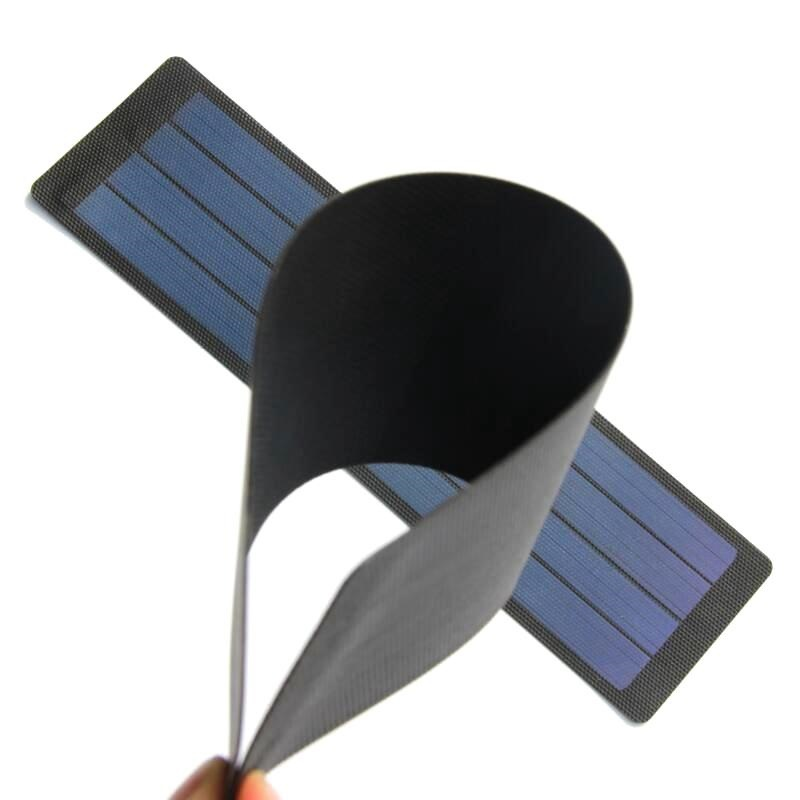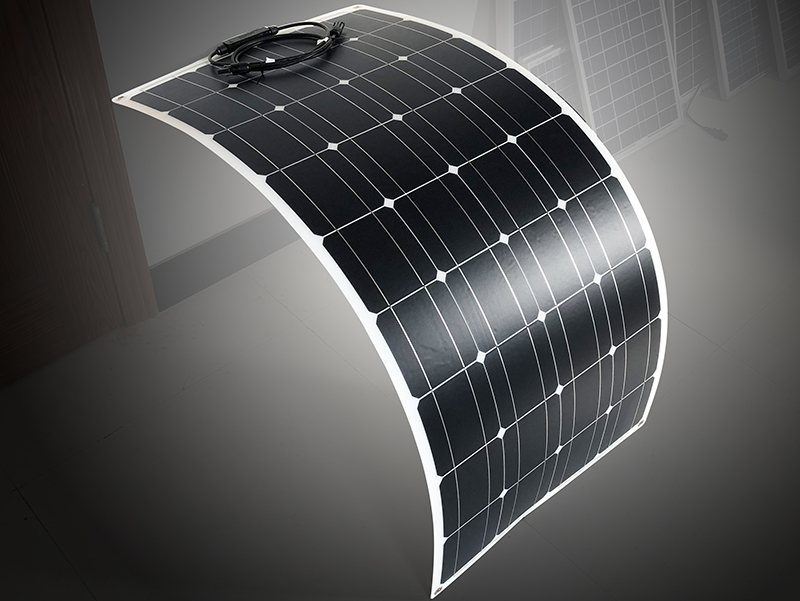
Quantum Efficiency Tester
PL/EL Integrated System
PV-Reflectumeter
3D Confocal Microscope
In-Line Four Point Probe Tester
Four Point Probe Tester
In-Line Thin Film Thickness Tester
Raman Spectrometer
FTIR Spectrometer
Spectrophotometer
Automatic Spectroscopic Ellipsometer
Contact Resistance Tester
Ultra depth of field 3D microscope
Auto Visual Tester
VMM PV Vision Measuring Machine
Solar Cell Horizontal Tensile Tester
Steady State Solar Simulator for Solar Cell
Solar Cell UV Aging Test Chamber
Solar Cell Comprehensive Tensile Tester
Visual Inspection Tester
Wet Leakage Current Tester
PV Module EL Tester
PV Module UV Preconditioning Chamber
Steady State Solar Simulator for PV Module
Current Continuous Monitor
Potential Induced Degradation Test
Bypass Diode Tester
LeTID Test System
Reverse Current Overload Tester
Impulse Voltage Tester
Hipot Insulation Tester
Ground Continuity Tester
Hipot Insulation Ground Tester
Damp Heat Test Chamber
Humidity Freeze Test
Thermal Cycle Test Chamber
Dynamic Mechanical Load Tester
Static Mechanical Load Tester
Hail Impact Tester
Robustness of Termination Tester
Module Breakage Tester
Cut Susceptibility Tester
Peel Shear Strength Tester
Universal Testing Machine (Single-arm)
Universal Testing Machine (Double-arm)
Glass Transmittance Tester
Acetic Acid Test Chamber
EVA Degree of Crosslinking Test System
Junction Box Comprehensive Tester
Drop ball tester
Semi-automatic scanning four-probe tester
Stylus Profilometer
Maximum Power Point Tracker
Perovskite Glass Transmittance Tester
Perovskite P1 Laser Scribing Multifunctional Testing Machine
Perovskite Online PL Tester
Perovskite Online Sheet Resistance Tester
Online Perovskite Film Thickness Tester
Perovskite Process Inspection Workstation
Portable IV Curve Tester
Portable EL Tester
Portable Thermal Imaging Tester
Solar Module Multi-Channel Testing System
PV Inverter Power Quality Tester
Drone EL Tester
IV Tester
IVEL Cell Sorting Machine
Flexible Solar Panels
Date : 2023-12-05Views : 130
Flexible solar cells are a type of thin-film solar cells with advanced technology, excellent performance, low cost, and wide range of uses. It can be applied to solar backpacks, solar convertibles, solar flashlights, solar cars, solar sailing boats and even solar aircraft. An important application area for flexible solar energy is BIPV (Building Integrated Photovoltaics), which can be integrated in windows or roofs, on exterior or interior walls. In this issue of Millennial Solar, we will introduce you to the basic information of this type of solar cell.
![]()
working principle
Compared to traditional (flat) solar panels, flexible solar panel technology makes solar panels thin, portable and bendable that you can take with you on your travels. In fact, their portability is their main selling point. 100-watt flexible solar panels on the market cost less than $100.
Despite fairly obvious surface differences, flexible solar panels work very similarly to traditional (flat) solar panels because they are based on the same photovoltaic technology – the ability of a material to generate solar energy from the absorption of direct sunlight.
In fact, all forms of solar panels are strategically manufactured in dark blue/black shades to absorb the maximum amount of sunlight (during the day), which will result in higher power generation.
While traditional solar panels used to power residential and commercial complexes are larger in size and power (usually multiple 340-watt panels) and therefore bulky, flexible solar panels are designed to meet the needs of low-wattage Designed to meet power requirements,
Typically available in capacities from 50 watts to 300 watts. Additionally, this can be stored in solar cells for later use.
For this reason, they are a particularly useful power bank that comes in handy when you are on the go. As a result, they can be comfortably used in RVs, boating equipment, marine equipment (including large yachts), camping trips, long trips, or even for everyday use as your primary power source for living off the grid.

![]()
pros and cons
advantage:
1. As an environmentally friendly energy bank (battery required)
2. Lightweight, portable and small in size, most of them can be put in your pocket.
3. Flexible enough to achieve multi-function compared to traditional (flat) solar panels
shortcoming:
1. Generally small in size, so power generation and storage are limited. Even with an efficiency of 25%, you only get about 300 watts of flexible solar panels.
2. Not as durable as solar panels. For example, even high-quality solar panels only come with a 5-year product warranty, while traditional solar panels can easily have a lifespan of 20-25 years.

![]()
3D Microscope
3D Microscope is a high-speed confocal scanning microscope for accurate and reliable 3-dimensional (3D) measurements. Real-time confocal microscopy images are achieved through fast optical scanning modules and signal processing algorithms.
3D Microscope is an optical instrument specially used in the photovoltaic industry to conduct quality inspection of grid lines and textured surfaces on the surface of photovoltaic cells. Based on the principle of optical technology, combined with precision Z-direction scanning module, 3D modeling algorithm, etc., the device surface is non-contactly scanned and a 3D image of the surface is established. The height and width of the grid lines on the photovoltaic cells and the texture on the surface are measured through the system software. The number of pyramids is quantitatively tested to provide feedback on the quality of photovoltaic cell cleaning, texturing and screen printing processes.

E-mail: market@millennialsolar.cn
There are huge differences between flexible solar cells and traditional solar cells in the way they are used. It is also because of these differences that solar cells have a more comprehensive application direction. Millennial Solar will introduce you to more knowledge about the photovoltaic industry, so stay tuned.

































































